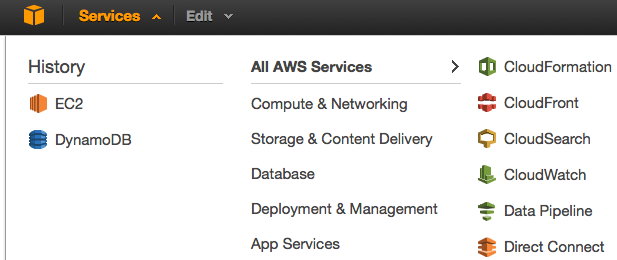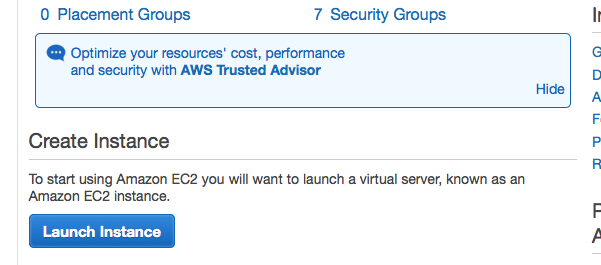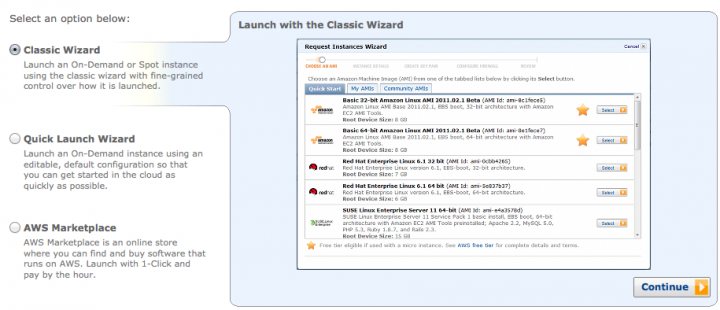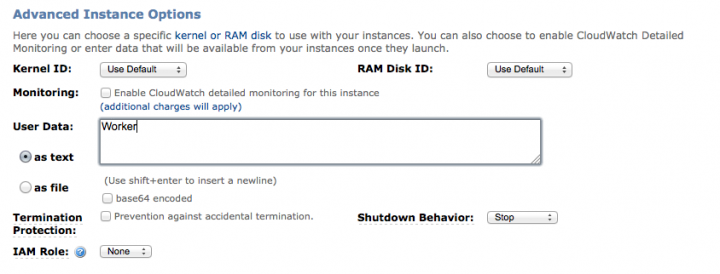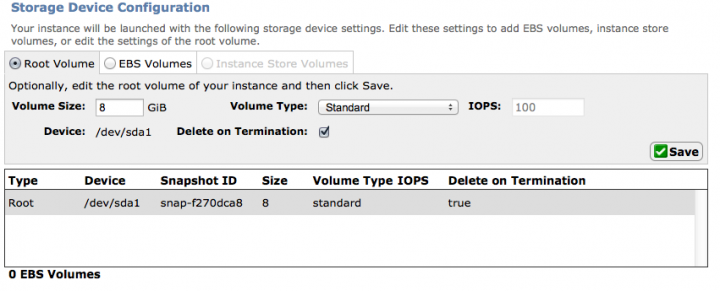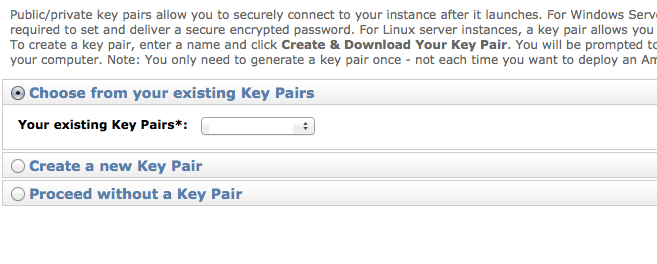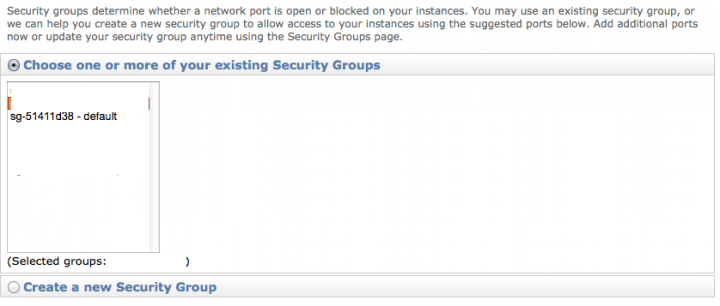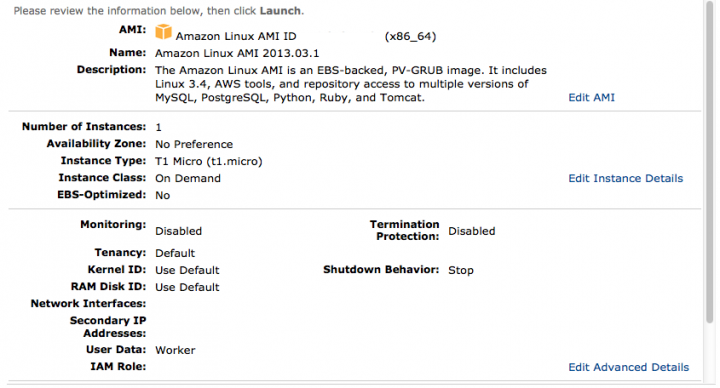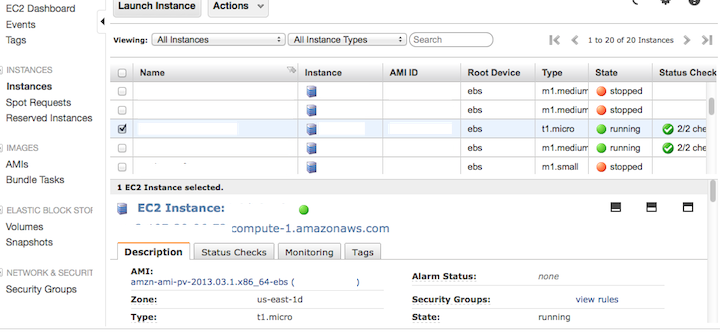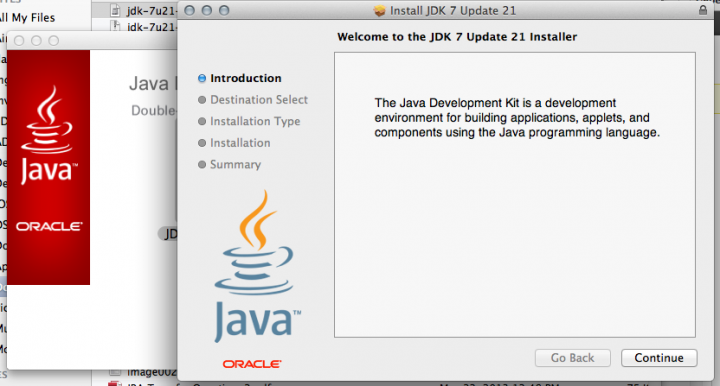
Another round of Gearman installs, following the update to OSX Yosemite. (Updated 12-AUG-2015)
Here is your guide to getting it done!
Make sure you have XCode developer tools
First step is to make sure you have the Command Line developer tools installed. To do this, or verify that it’s already done, while logged in as a non-root user, type:
xcode-select –install
A system dialog box should open up and request that you grant it permission to perform the command line install. Follow the steps and instructions in the dialogs to complete this step.
Collected the Packages
You will need the following packages
- libevent
- boost
- gearmand
libevent
The latest version can be acquired here: http://libevent.org/
Unpack and compile
gunzip libevent-2.0.22-stable.tar.gz
tar xvf libevent-2.0.22-stable.tar
./configure
make install
boost
The latest version can be acquired here:
http://www.boost.org/users/download/
Unpack and compile
gunzip boost_1_58_0.tar.gz
tar xvf boost_1_58_0.tar
./bootstrap.sh
./b2 –a –build-type=complete –layout=versioned
Note: these paths reported by b2 during build are important to save:
The Boost C++ Libraries were successfully built!
The following directory should be added to compiler include paths:
/opt/boost_1_58_0
The following directory should be added to linker library paths:
/opt/boost_1_58_0/stage/lib
Gearman
The latest code can be acquired here: https://launchpad.net/gearmand
It is possible that the compiler won’t find libevent so the following environment variables may need to be set:
export CPPFLAGS=’-I/opt/boost_1_58_0′
export LDFLAGS=’-L/opt/boost_1_58_0/stage/lib’
Unpack and compile
gunzip gearmand-1.1.12.tar.tgz
tar xvf gearmand-1.1.12.tar
./configure –with-boost –with-boost-libdir=/opt/boost_1_58_0/stage/lib –prefix=/opt –with-sanitize –enable-fast-install –with-gnu-ld –enable-ssl
make && make install
At this point, you should be up and running!
If you also need to install gearman for PHP libraries, my post here should help: https://blog.daviddemartini.com/archives/5312

